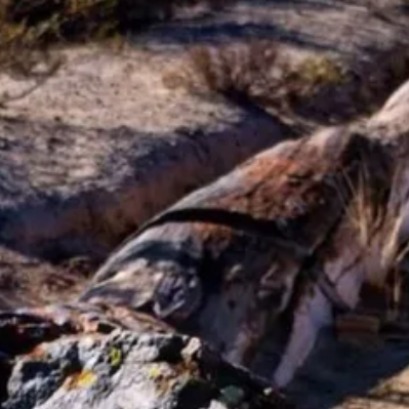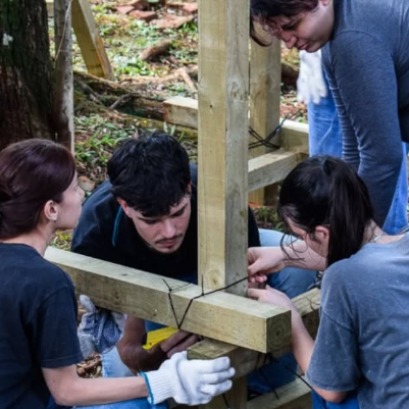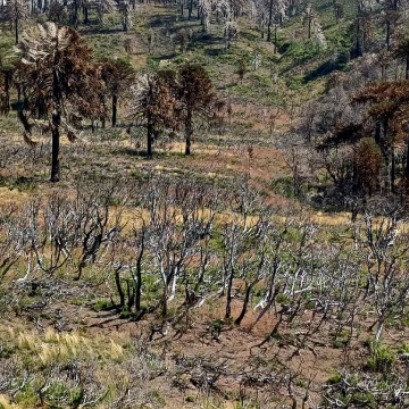.jpg)
Fábrica de árboles: generan 6.000 por año para cambiar el paisaje verde de la Ciudad
Trabajan en la Reserva Ecológica y en el Parque Avellaneda para renovar los ejemplares que están en veredas y parques. Los expertos dicen que la arboleda actual está desactualizada.
“La arboleda quedó desactualizada. Los plátanos dan alergia, las tipas se caen y hay tantos fresnos que si un hongo los enferma perdemos la mitad de los ejemplares”, dice Jorge Serángelo, un técnico botánico con más de 30 años entre árboles. Trabaja en el Parque Avellaneda dentro de una cúpula de varillas flexibles y cubierta de lona. La llaman domo y guarda 1.000 ejemplares distribuidos en macetas negras de distintos tamaños y decenas más, que aún son semilla y esperan su germinación en bandejas llenas de compost y sustrato de río. La cúpula tiene estética de ciencia ficción: blanca y de bordes metálicos, hecha sobre el esqueleto de un viejo tanque australiano.

IT MAY INTEREST YOU
 The forest of the oldest shadows: the story of the petrified trees
The forest of the oldest shadows: the story of the petrified trees
One of the natural treasures of Río Negro turns 23 years old under the protection law that allows its conservation. Where it is and how it was formed. Río Negro celebrates 23 years of conservation in the petrified forest as a Protected Natural Area (ANP). It is a space of 625 hectares that protects an exceptional site of fossil trunks that date back more than 60 million years.
 Architecture with identity: university students from Argentina and Paraguay design and build with missionary wood
Architecture with identity: university students from Argentina and Paraguay design and build with missionary wood
The Faculty of Art and Design (FAyD) of the National University of Misiones (UNaM) hosted the inauguration of the first edition of “Yvyvyrá: territory, matter and architecture”, an international workshop that promotes learning, experimentation and architectural design using wood and other materials typical of the biomes of the Atlantic Forest (Paranaense Forest) and the Humid Chaco.
 Specialists from 10 provinces develop forest landscape restoration strategies throughout the country
Specialists from 10 provinces develop forest landscape restoration strategies throughout the country
The program is developed by researchers from INTA, Conicet and the Argentine Wildlife Foundation.





















